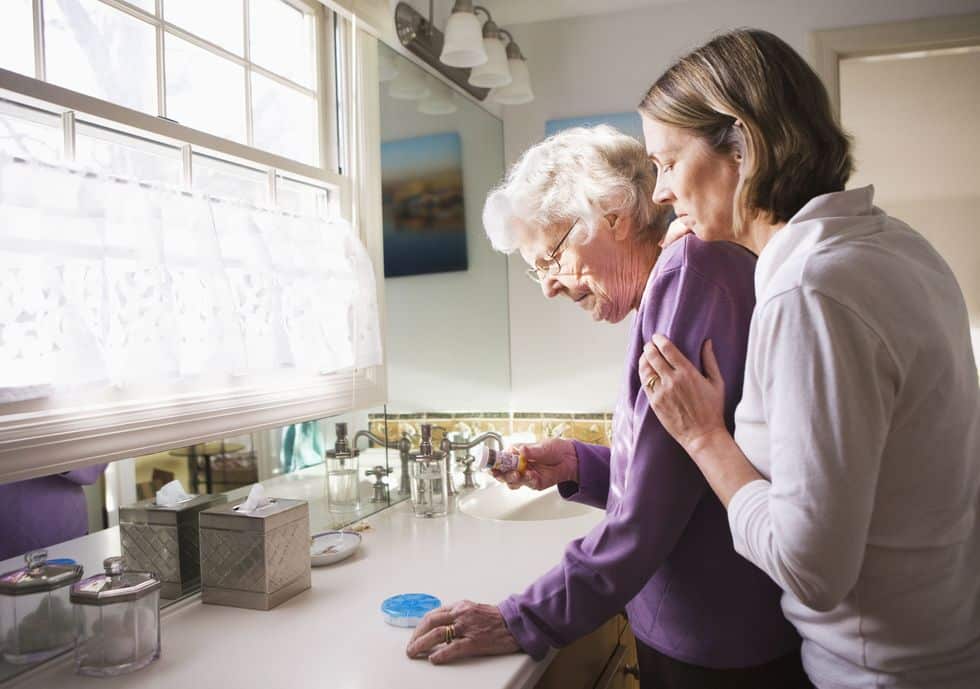While the concept of achieving “work-life balance” has been around for many years, making it a reality has never been more challenging than during the COVID-19 pandemic. Almost immediately, lock-downs of businesses meant that employers had to scramble to figure out how to carry on with employees working from home. Suddenly “work and life” were being lived simultaneously at home.
The pressures of care-giving and working
Many employees faced unprecedented demands when schools were locked down, so children were at home, and senior parents required more care. Early COVID outbreaks in seniors’ residences and long-term care facilities led to some families bringing a parent home to provide safer care and so that their parents weren’t totally isolated from them because of the outbreaks. But all of this added up to the need for employees to have flexible hours to be able to work from home but also to work around the schedules of care-giving for children, and/or elderly parents.
In an International Foundation of Employee Benefit Plans survey, companies were asked how they made changes to benefits during the pandemic. The survey found that 55 per cent of employers that responded had allowed scheduling flexibility for employees caring for children, schooling needs, or to care for an elderly loved one. Some employees made up their time in the evenings, or even very early in the mornings. That 55% of employers allowing flexible hours for care-giving employees was up from only 25% of employers who did so pre-pandemic.
How can benefit plans support Care Giving?
There are a number of additional costs that surround care giving that could be included in a Flexible Benefit Plan. For example, the plan could provide employees with the opportunity to determine how they wish to spend their benefit dollars between Non Taxable Health Spending Account for Health, Dental & Vision expenses, AND Taxable Personal Spending Accounts (PSAs).
PSA accounts are Taxable Benefits to the employee BUT allow for the employee to use dollars that they did not have without the benefit plan towards these additional/out of pocket Care-Giving expenses.
So, for example, an employee working from home that needs to be on conference calls regularly, may choose to use their Personal Spending Account to bring in home care help for babysitting OR to continue with Day Care outside of the home work environment. An employee may need to do some renovations to their home to accommodate an eldercare situation.
Another issue is the situation where an employee has the sole financial responsibility for an elder and needs to know if their Benefit Plan allows for a Dependent Elder to be eligible on the company plan for Prescription Drugs and Dental fees.
Does your benefits plan include coverage for care-giving employees?
By now, your company may have incorporated flexibility for care-giving employees to continue to work from home and to have flexible schedules to deal with ongoing uncertainties about school safety as well as long term care facilities and seniors’ residences.
However, if you are working on plans to address the expenses which arise due to care-giving, we can provide you with assistance in shaping those benefits. At Health Risk Services, we work with plan managers to continually adapt their plans to meet the changes, opportunities, and needs of their employees while managing their company budget. We know how to find the best possible solution for both the employees and the employer in crafting benefit plans. We would like you to know more about how Health Risk Services can assist you with a 2021 plan to address employee care-giving benefits, so please schedule a Complimentary Consultation with us.
At Health Risk Services we will Empathize, Educate, and Empower you and your team in 2021! To schedule your Complimentary Consultation with Health Risk Services, please call 403-236-9430 OR email: [email protected]













